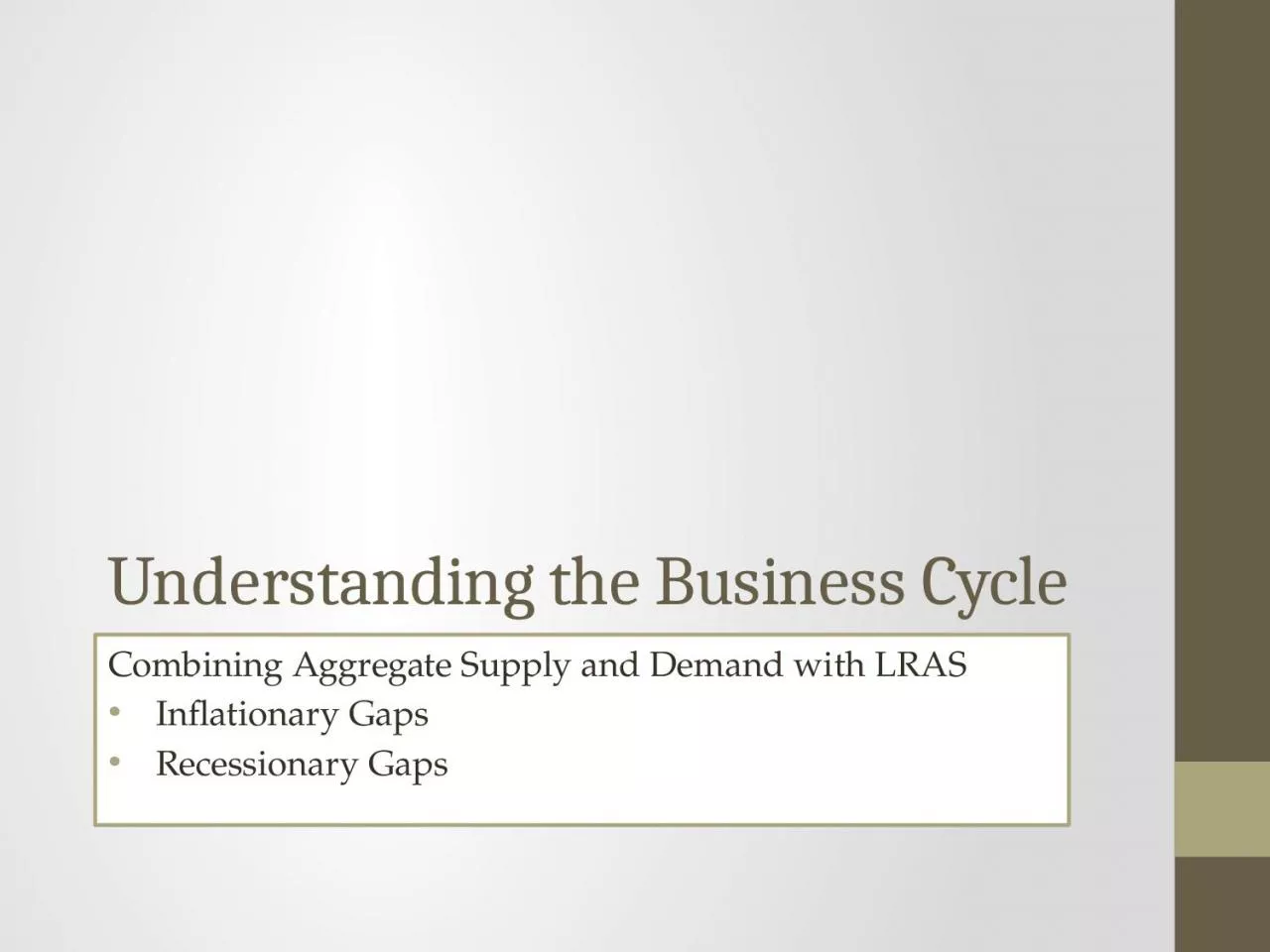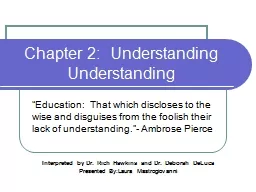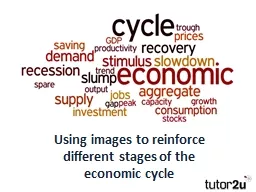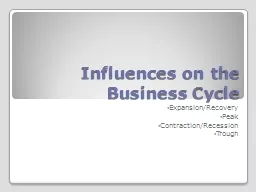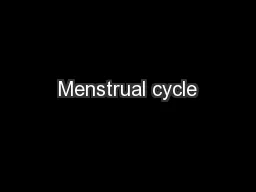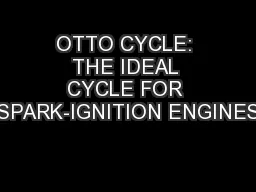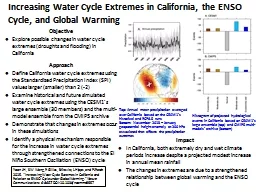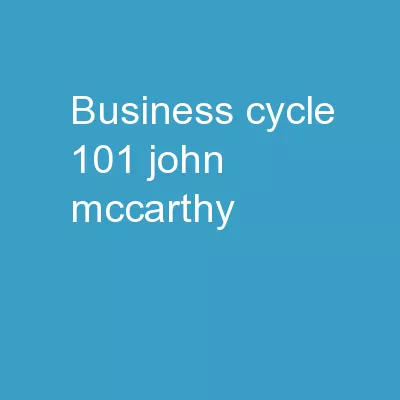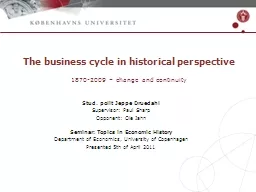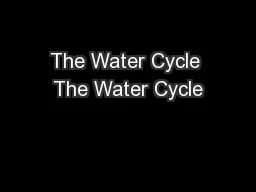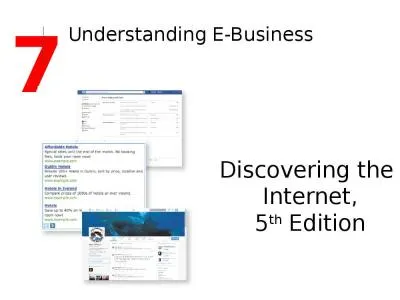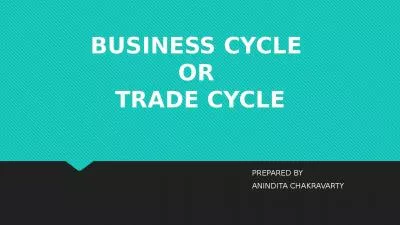PPT-Understanding the Business Cycle
Author : joanne | Published Date : 2023-11-06
Combining Aggregate Supply and Demand with LRAS Inflationary Gaps Recessionary Gaps UNDERSTANDING THE BUSINESS CYCLE Where AD and AS meet is considered to be Equilibrium
Presentation Embed Code
Download Presentation
Download Presentation The PPT/PDF document "Understanding the Business Cycle" is the property of its rightful owner. Permission is granted to download and print the materials on this website for personal, non-commercial use only, and to display it on your personal computer provided you do not modify the materials and that you retain all copyright notices contained in the materials. By downloading content from our website, you accept the terms of this agreement.
Understanding the Business Cycle: Transcript
Download Rules Of Document
"Understanding the Business Cycle"The content belongs to its owner. You may download and print it for personal use, without modification, and keep all copyright notices. By downloading, you agree to these terms.
Related Documents

